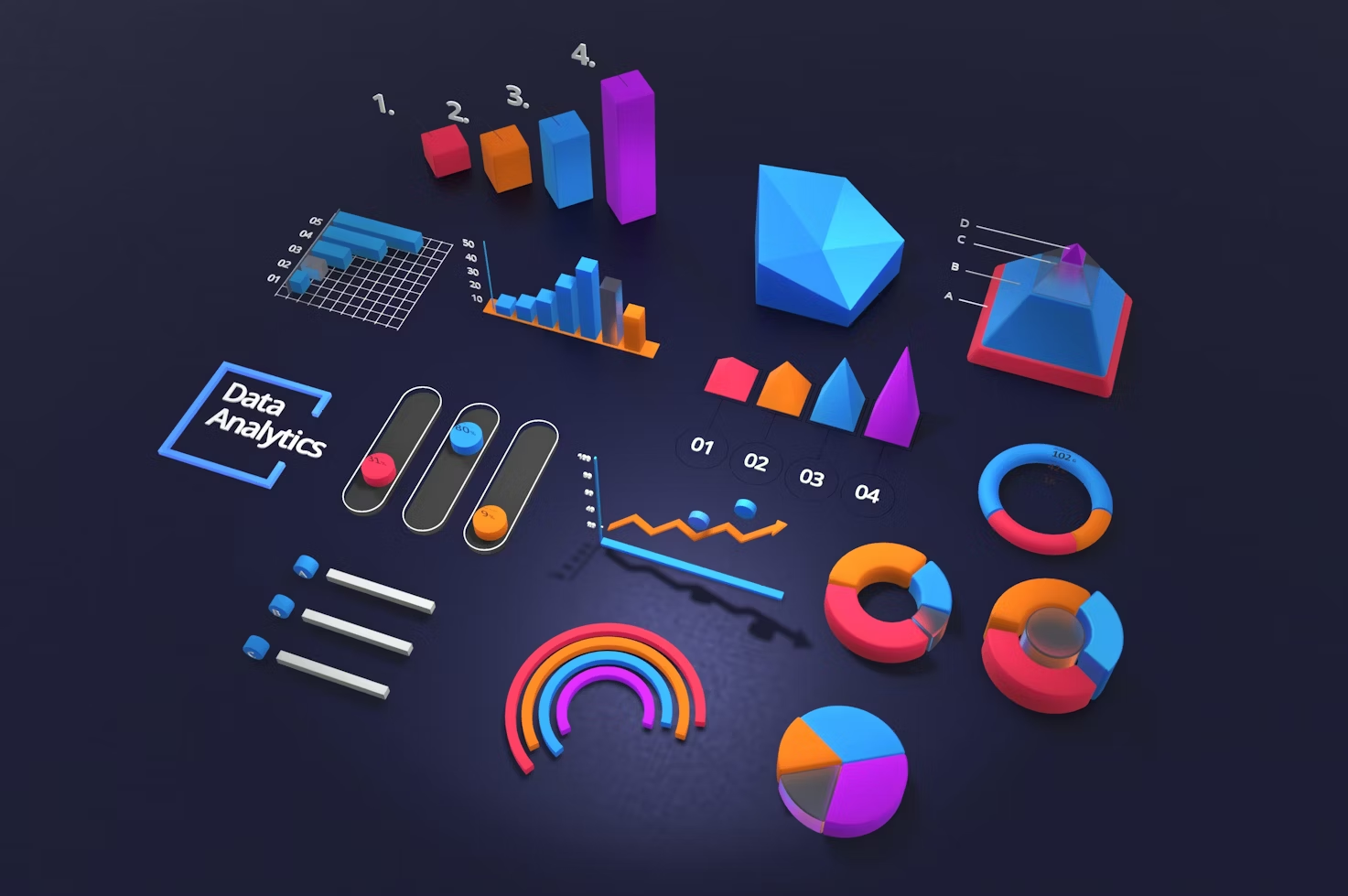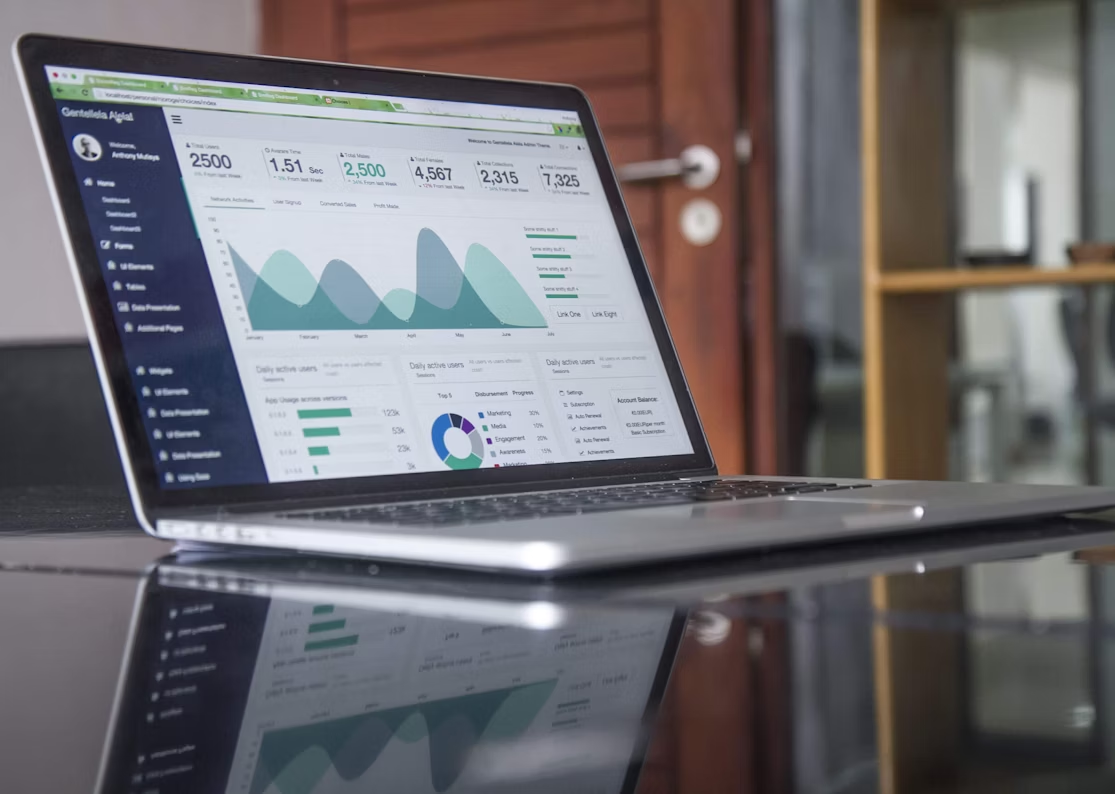The shift from dashboards and manual queries to autonomous analytics agents is well underway. But as organisations rush to adopt “agentic analytics” — systems that reason, query, act — they often stumble on a critical dimension: trust, governance and security.
Industry research confirms this: for example, the consultancy McKinsey & Company observes that agentic systems “introduce novel internal risks … unless the principles of safety and security are woven in from the outset.” (McKinsey & Company)
At datatoinsights.ai, we’ve built our platform not just for semantic intelligence and business agility (as covered in our previous blogs) but with governance, security and operational guardrails baked-in. This blog explains how we deliver that, and why it matters.
Why Governance & Security Matter in Agentic Analytics
**1. From Insight to Action ** Unlike traditional analytics that deliver reports, agentic analytics platforms may execute workflows, interact with systems and initiate changes. That escalates the trust requirement: you need assurance that actions are correct, safe, auditable and compliant.
2. Broad Data & System Reach Analytics agents can access vast data estates, multiple sources, tools—and in doing so create huge attack surfaces. According to thought leadership, many organisations lack visibility into what their agents are doing. (Palo Alto Networks)
3. Semantic Complexity + Business Risk As we’ve discussed in earlier blogs (on semantic layers, data understanding, moving beyond traditional BI) the business meaning layer is essential. But that same layer also becomes a governance control point: if the metric definitions are wrong or uncontrolled, the analytics agent produces unreliable or even harmful outcomes.
4. Regulatory & Audit Pressure Enterprises now must satisfy data privacy, compliance, ethical AI frameworks. Autonomous agents amplify the need for explainability, audit trails, accountability. As noted in analyses of agentic governance: “governance frameworks must span the full lifecycle” of use-cases. (teksystems.com)
How datatoinsights.ai Embeds Governance & Security
Here’s how our platform supports all the preceding blogs—from semantic analytics to agentic operations—with a strong foundation of trust controls.
**Semantic & Business Layer as Control Surface ** We begin with the custom data understanding layer: definitions of entities, metrics, synonyms, business contexts.
- This layer is not only about enabling intelligence (as addressed in our earlier post on “custom data understanding”) but also about governance: every metric, dimension, business view is versioned, documented and authorised.
- That means analytics agents operate only on approved business logic, reducing risk of mis-interpretation or “wild” queries.
- Because we’ve built this layer into all our previous blogs (semantic analytics, moving beyond BI, architecture), the governance flows naturally from there.
**Agentic Workflow with Guardrails ** In the stages covered in the “architecture” blog (intent → plan → execution), we embed guardrails:
- Intent parsing: prompts and user inputs are validated against allowed vocabularies (from semantic layer) and filtered for policy compliance.
- Plan generation & validation: the planned workflow is checked for data access, metrics usage, joins, filters – compared to governance rules.
- Execution control: only validated plans are executed; monitoring/logging capture how the agent acted, what data was accessed, and why.
**Identity, Access & Audit Trail **
We treat analytics agents like first-class identities:
- Agents get assigned service identities, role-based privileges, least-privilege access.
- All access (data systems, tools, queries) is audited.
- Logs include: which agent, which plan version, which metric definitions, which user asked, what data was used, and the result.
- These practices align with recommendations from McKinsey and others. (McKinsey & Company)
Monitoring, Drift & Anomaly Detection We continuously monitor agent behaviour, semantic version drift, data lineage, and access patterns. Suppose an agent’s plan systematically changes how a metric is calculated or joins new tables—that triggers alerts. This is critical because agentic systems evolve, and governance must evolve too. (See research on runtime governance frameworks. (arXiv))
Embedded Compliance & Governance Workflow
- Because we support enterprises across domains (finance, operations, marketing), we provide:
- Masking / row-level security for sensitive data.
- Versioning and lineage of semantic definitions (so you can audit changes).
- Governance dashboards showing agent portfolio, domain use-cases, access logs, key KPIs on agent health and risk.
Practical Steps to Get Started with datatoinsights.ai
- Define your governance scope: Identify one domain/use-case (e.g., sales performance) and build semantic definitions, metric catalogue, business synonyms.
- Onboard the agent portfolio: Register the analytics agents, assign identities, map their data access needs, define least-privilege roles.
- Set guardrail policies: Establish plan validation policies (allowed tables, metrics), execution limits (bytes scanned, query time), audit-logging standards.
- Deploy pilot use-case: Run the agent in a sandbox with monitoring, collect logs, user feedback, and refine semantic definitions or guardrails as needed.
- Monitor & scale: Use dashboards to monitor agent health, semantic model drift, data access patterns, user satisfaction. Then expand to other domains.
Conclusion
Deploying agentic analytics is not just about building intelligent agents—it’s about deploying trusted, governed, secure systems that business users rely on. With datatoinsights.ai, you don’t just get conversational intelligence, semantic awareness and analytics-on-the-go — you get enterprise-grade governance and security baked in from day one.
If you’re ready to move beyond the demo and build analytics agents you can trust and scale, let’s talk about how datatoinsights.ai can be your platform of choice.
_ Contact us for a governance & readiness assessment for your analytics-agent initiative. We’ll help you define semantic definitions, set guardrails, onboard your first domain, and build the trust framework you need for production success. _
Key Takeaway
- Governance and security are essential as analytics agents move from insights to autonomous action.
- datatoinsights.ai embeds governance at every level — from the semantic layer to execution guardrails.
- Built-in controls ensure role-based access, auditability, and continuous monitoring for trusted operations.
- Enterprises gain data masking, semantic lineage, and governance dashboards for visibility and compliance.
- To get started: define governance scope, onboard agents, set guardrails, deploy pilots, and scale safely.
datatoinsights.ai empowers organizations to scale agentic AI analytics securely and responsibly — combining semantic intelligence with enterprise-grade trust.






